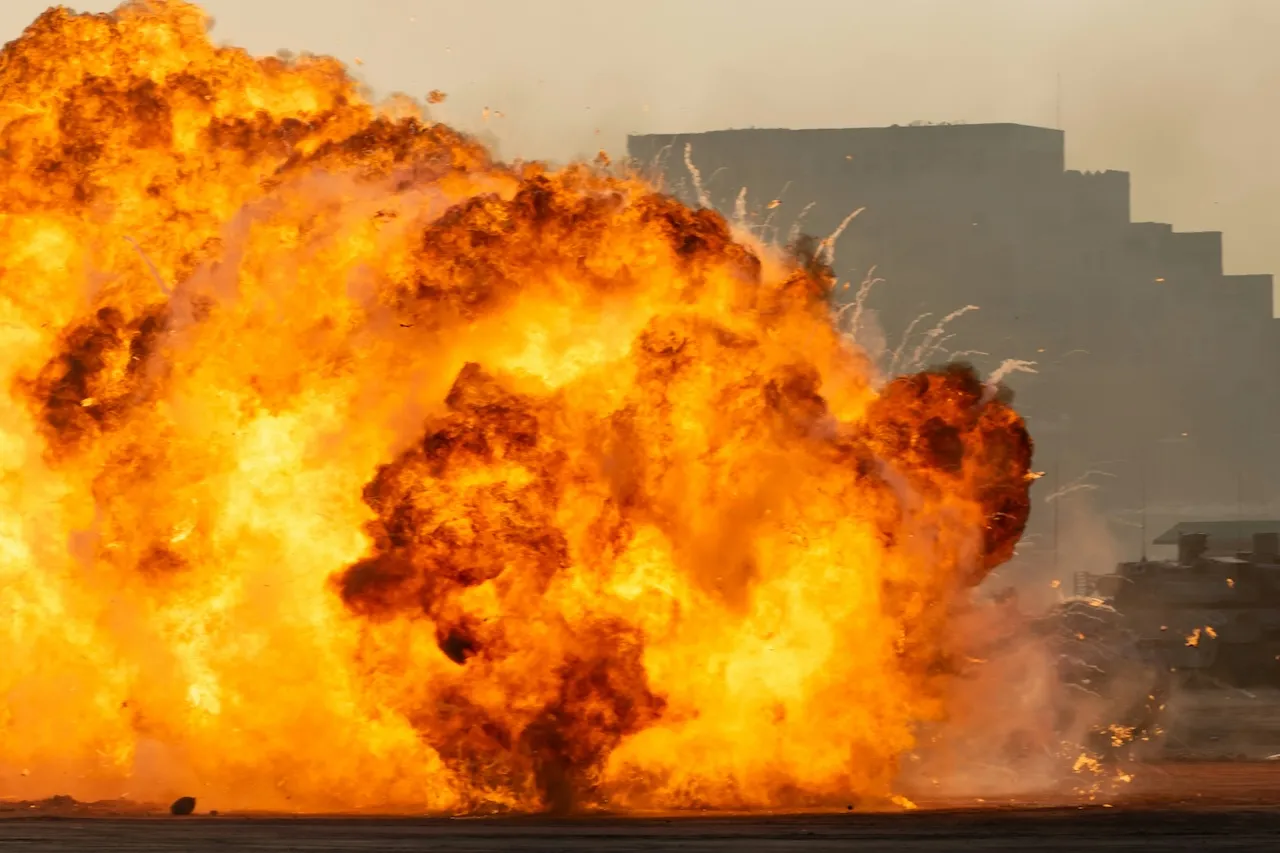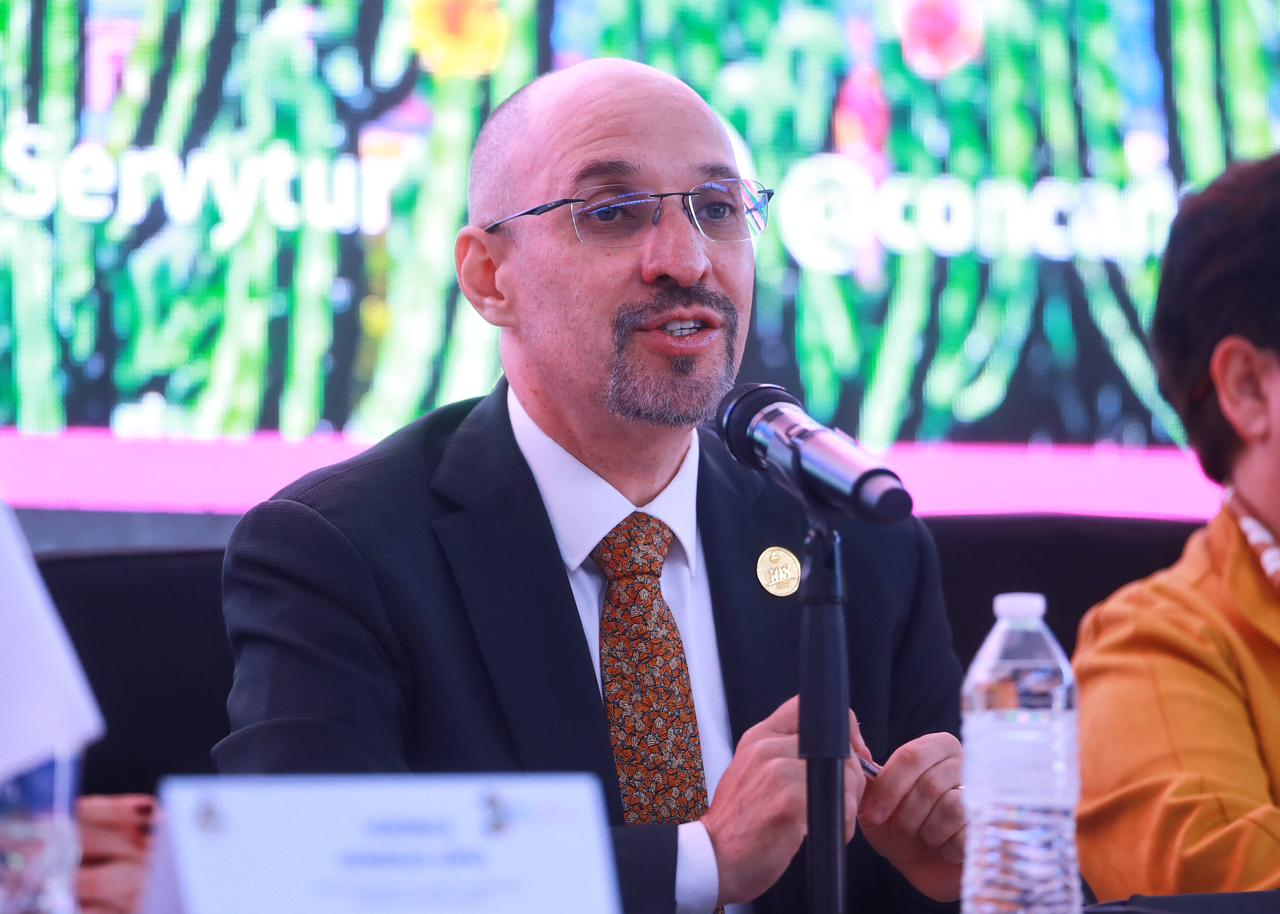What's Happening between India and Pakistan?

The line of fire between India and Pakistan was reignited this Wednesday. With deaths, conflicting versions, and a region on the brink of diplomatic collapse, the recent military escalation between both nuclear powers rekindles the worst fears in South Asia.
The line of fire between India and Pakistan was reignited this Wednesday. Likewise, with deaths, conflicting versions, and a region on the brink of diplomatic collapse, the recent military escalation between both nuclear powers rekindles the worst fears in South Asia. While Pakistan accuses India of perpetrating cowardly and illegal attacks against its civilian population, New Delhi defends its bombings as a legitimate reprisal against terrorism.
Although clashes between the two countries are not new, the events of the last few hours have brought the conflict to its highest point so far this century. And with the main cities of northern Pakistan under threat, the world watches with growing concern.
According to the official statement from the Pakistani government, the Indian bombings reached areas such as Sialkot, Shakagarh, Muridke and Bahawalpur, in the province of Punjab. As well as Kotli and Muzaffarabad, in Azad Jammu and Kashmir, under Pakistani administration.
Pakistan Gives the Green Light to the Army
From Islamabad, the Pakistani government did not hesitate to respond. Specifically, the National Security Committee (NSC), chaired by Prime Minister Shehbaz Sharif, convened an emergency session a few hours after the attack and made the decision to grant full authority to the Armed Forces to respond to India.
These were the main resolutions that marked the position of the Pakistani government:
- The NSC described the attacks as “unprovoked, cowardly and illegal acts of war”.
- Article 51 of the United Nations Charter was invoked to justify the right to self-defense.
- Pakistan assured that it will respond “at the time, place and in the manner it deems appropriate”.
- The Prime Minister urged the international community to hold India accountable for “flagrant violations of international law.”
- It was denounced that the Indian offensive reached civilian infrastructure and put international commercial flights at risk.
“The Indian leadership, lacking all morality, has gone to the extreme of attacking innocent civilians to satisfy its delusions and short-sighted political objectives,” the Prime Minister’s office said.
Pakistan’s Defense Minister, Khawaja Asif, stated that at least three civilians—including a child—died in the attacks. “We have confirmed information of three civilians killed. They were all civilian targets,” the official said.
India Defends Itself from the Attack3186
For its part, India maintains a different narrative. For the government of Prime Minister Narendra Modi, the operation was a measured and targeted response exclusively against terrorist camps on Pakistani soil, allegedly linked to the April 22 attack in Pahalgam, Indian Kashmir, where 26 people died—mostly Indian tourists.
From New Delhi, Indian officials insisted that the bombings did not target civilian or economic facilities, but specific locations where, according to their intelligence, extremist groups operated.
Among the justifications of the Indian government are:
- It was a direct reprisal for the attack in Pahalgam.
- Nine sites were chosen that “housed terrorist infrastructure”.
- Efforts were deliberately made to avoid affecting densely populated areas or areas of economic value.
- It was denied that there was any intention to damage the Neelum-Jhelum hydroelectric project, as Pakistan claims.
However, this position was completely rejected in Islamabad, which denies the existence of terrorist camps in its territory. For the Pakistani government, the Indian attacks were a direct aggression, without foundation and with clear political consequences.
The India-pakistan Conflict Becomes International4416
On the other hand, what began as an exchange of accusations after an attack in Kashmir has escalated in record time to a crisis with international potential. The Kashmir region, historically disputed by India and Pakistan since their independence in 1947, is once again the epicenter of instability in South Asia.
In summary, this is the international panorama at the moment:
- The UN has not yet issued a formal resolution, but there is growing pressure for it to intervene diplomatically.
- Gulf commercial flights were at risk during the bombings, which could generate protests from Arab governments.
- Humanitarian organizations have begun to warn about civilian displacement in Punjab and Kashmir.
- China and the United States, traditionally mediators in the region, have not yet spoken clearly.
- Military analysts fear a new lightning war like the Kargil War in 1999, with devastating consequences for both countries.
It should be noted that India and Pakistan are opposing nuclear powers. Therefore, the risk of a major escalation is latent, because this new stage of the conflict is far from being resolved. Unlike previous episodes, this clash occurs in a more polarized global context and with leaders less prone to dialogue.
What’s next?
For now, Pakistan has promised to respond. The questions are when, how, and with what intensity. Consequently, what happens between India and Pakistan in the coming hours could mark the geopolitical course of the region for years to come.
Related Articles
More Articles

Protests Are Legitimate, But Road Blockades Must Not Affect the Population or the Productive Sector: CONCANACO SERVYTUR
Nov 24, 2025

Libia Dennise Promotes Female Leadership at Women in Power Forum during FIL Guadalajara
Dec 2, 2025

Vehicle Production and Export in Mexico: How is BMW Performing in 2025?
Nov 7, 2025

Aguascalientes: Challenges to Consolidate its Electromobility Network
Nov 10, 2025

Mexico's 2026 Professional Minimum Wage: The Official Rates
Dec 4, 2025

Pascual Boing Launches Sugar-Free Beverage: What is its Presence in Querétaro?
Dec 1, 2025
